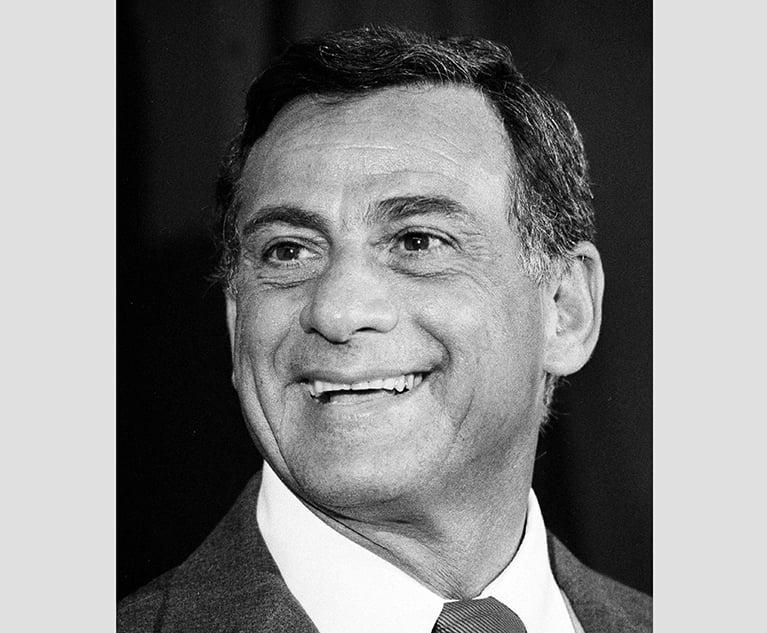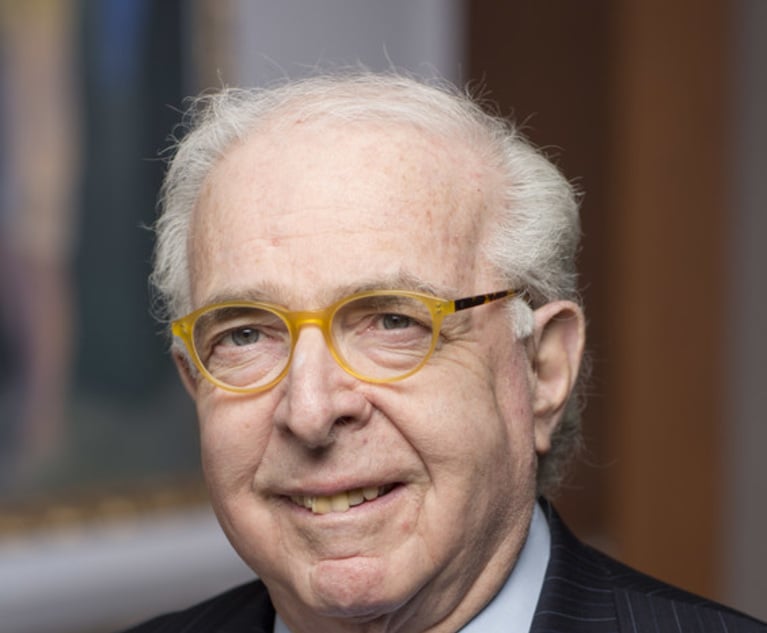In Part 2 (NYLJ, April 15, 2022), the first half of the 1887 Electoral Count Act §4 was discussed. The last half reads (phrase numbers inserted to make easier keying comments):
Upon such reading of any such certificate or paper, the President of the Senate shall call for objections, if any. (1) Every objection shall be made in writing, and shall state clearly and concisely, and without argument, the ground thereof, and (2) shall be signed by at least one Senator and one Member of the House of Representatives before the same shall be received. (3) When all objections so made to any vote or paper from a State shall have been received and read, the Senate shall thereupon withdraw, and such objections shall be submitted to the Senate for its decision; and (4) the Speaker of the House of Representatives shall, in like manner, submit such objections to the House of Representatives for its decision; and (5) no electoral vote or votes from any State which shall have been regularly given by electors (6) whose appointment has been lawfully certified to according to section three of this act [The certificate of appointment provision discussed in Part 2 as probably unnecessary and unwise] (7) from which but one return has been received shall be rejected, (8) but the two Houses concurrently may reject the vote or votes when they agree that such vote or votes have not been so regularly given by electors whose appointment has been so certified. (9) If more than one return or paper purporting to be a return from a State shall have been received by the President of the Senate, those votes, and those only, shall be counted which shall have been regularly given by the electors who are shown by the determination mentioned in section two [the “safe harbor” provision discussed in Part 2] of this act to have been appointed, if the determination in said section provided for shall have been made, (10) or by such successors or substitutes, in case of a vacancy in the board of electors so ascertained, as have been appointed to fill such vacancy in the mode provided by the laws of the State; (11) but in case there shall arise the question which of two or more of such State authorities determining what electors have been appointed, as mentioned in section two of this act, is the lawful tribunal of such State, the votes regularly given of those electors, and those only, of such State shall be counted whose title as electors the two Houses, acting separately, shall concurrently decide is supported by the decision of such State so authorized by its laws; and (12) in such case of more than one return or paper purporting to be a return from a State, if there shall have been no such determination of the question in the State aforesaid, then those votes, and those only, shall be counted which the two Houses shall concurrently decide were cast by lawful electors appointed in accordance with the laws of the State, (13) unless the two Houses, acting separately, shall concurrently decide such votes not to be the lawful votes of the legally appointed electors of such State. (14) But if the two Houses shall disagree in respect of the counting of such votes, then, and in that case, the votes of the electors whose appointment shall have been certified by the Executive of the State, under the seal thereof, shall be counted. (15) When the two Houses have voted, they shall immediately again meet, and the presiding officer shall then announce the decision of the questions submitted. (16) No votes or papers from any other State shall be acted upon until the objections previously made to the votes or papers from any State shall have been finally disposed of.
The instruction to the President of the Senate to call for objections is what starts the Act down a slippery slope. Is that what a constitutional “opener” or a presider under the Act is constitutionally or statutorily authorized to do? However, in 1797, Vice President John Adams did pause, because he knew there might be objections, but none were heard, he continued opening, and the ballots were then counted. Bruce Ackerman & David Fontana, Thomas Jefferson Counts Himself Into the Presidency, 90 Va. L. Rev. 351 (2004). In 1801, Vice President Thomas Jefferson did not even pause, even though he knew there were objections. Id. Aaron Burr and Jefferson tied. After many ballots, the House of Representatives elected Jefferson. The House voted by state delegations, pursuant to the “default” provision in Article II, §1, Clause 3 of the Constitution, should no candidate have an absolute majority of elector votes.


 “I Voted” sticker. November 8, 2016.
“I Voted” sticker. November 8, 2016.




